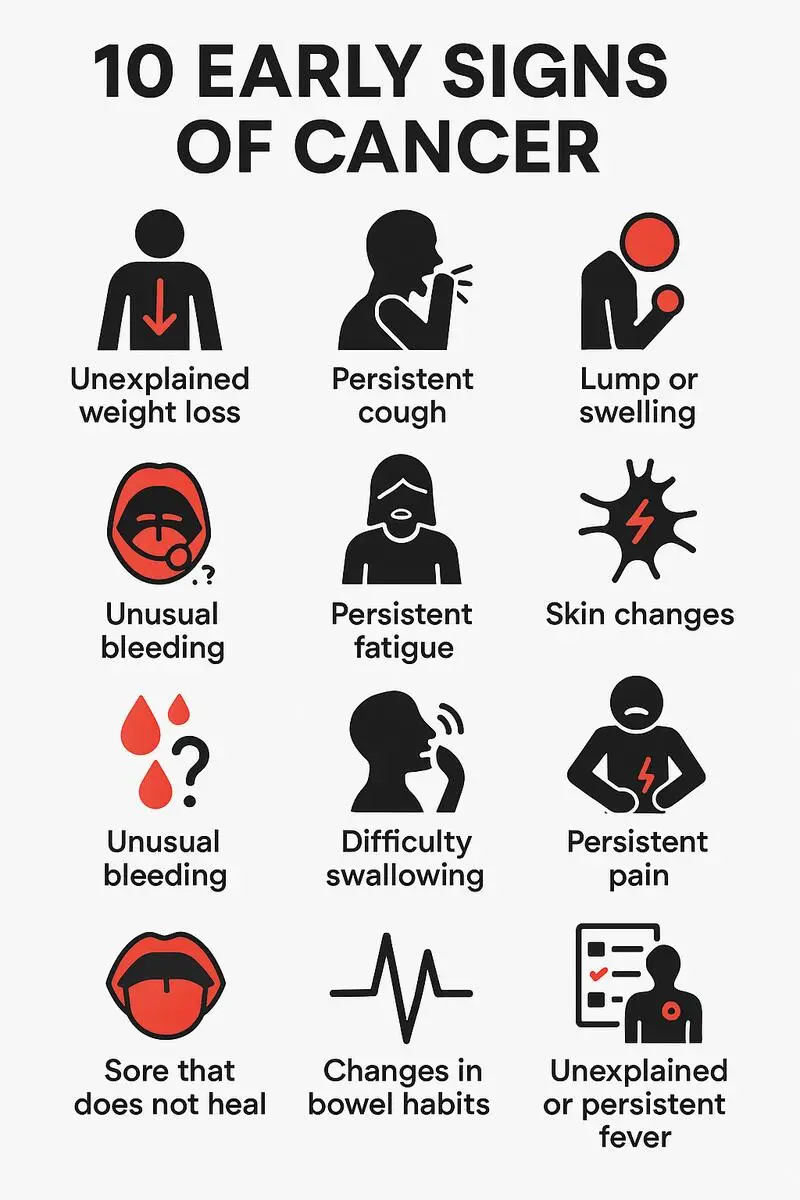- Published on: Mar 15, 2022
- 3 minute read
- By: Second Medic Expert
Vertigo Symptoms, Causes, Prevention, And Treatment
Vertigo symptoms, causes, prevention, and treatment
The vestibular system is a part of the inner ear that helps control balance and coordination. It consists of three semicircular canals and the vestibule. The semicircular canals are responsible for detecting rotational movement (like when you spin around). The vestibule is responsible for detecting linear movement (like when you walk or run).
The vestibular system sends messages to the brain about head movements. These messages help the brain keep track of where your body is in space so that you can stay balanced. If something goes wrong with the vestibular system, it can cause problems with balance and coordination. This is called vertigo.
Vertigo symptoms can vary a great deal from person to person, and even from day to day for the same person. Some people experience a sense of spinning or rotation, while others feel as if they are off-balance or that the world is spinning around them. Factors that can worsen vertigo symptoms include stress, fatigue, bright lights, strong smells, and sudden movements.
There is no definitive cause of vertigo, but it is often the result of problems with the inner ear such as labyrinthitis or Ménière's disease. Other causes can include head injury, stroke, and tumors. Vertigo is a spinning sensation that can make you feel like you or your environment is moving. It's often described as feeling like you're spinning around, or like the room is spinning around you. Vertigo can be caused by problems with the inner ear, brain, and nervous system.
Some common causes of vertigo include:
-Benign paroxysmal positional vertigo (BPPV), which occurs when small crystals that normally help us maintain balance become dislodged and start sending false signals to the brain about our body's movement
-Migraines, which can cause dizziness and a sense of vertigo as well as other symptoms such as pain and sensitivity to light and sound
Vertigo is a feeling of spinning or a sense that you or the objects around you are spinning. It can be caused by problems with the inner ear, such as Ménière's disease, or by other health conditions, such as high blood pressure and migraines. Some common vertigo symptoms include:
• A spinning sensation, often described as 'the room spinning'
• Dizziness or lightheadedness
• Feeling unsteady on your feet
• Blurred vision
• Loss of balance or coordination
There is no definitive cure for vertigo. However, treatments vary depending on the underlying cause. Some common treatments for vertigo include: Medications Vertigo is a sensation of spinning or whirling that occurs as a result of disturbances in the function of the inner ear. It is usually associated with problems in the labyrinthine structures of the ear that control balance and orientation.
There are many different causes of vertigo, including but not limited to: Ménière's disease, vestibular neuritis, benign paroxysmal positional vertigo (BPPV), and head trauma. Prevention and treatment will depend on the underlying cause. Vertigo is a feeling of dizziness and lightheadedness. It can be caused by problems with the inner ear, such as Ménière's disease, or by problems with the brain, such as a stroke or tumor.
There is no definitive treatment for vertigo. Some people may need medication to control their symptoms, while others may need surgery. There are also some self-care measures that can help reduce the symptoms of vertigo, such as avoiding head movement and balance exercises. Vertigo is a sensation of spinning or rotating, which may be accompanied by feelings of dizziness, lightheadedness, and nausea. Vertigo can be caused by a number of factors, including inner ear disorders, head and neck injuries, medication side effects, and health conditions such as stroke and Meniere's disease.
There is no one-size-fits-all approach to treating vertigo. Treatment will vary depending on the underlying cause of the condition. However, some general tips that can help to prevent or relieve vertigo symptoms include avoiding triggers such as sudden head movements and loud noises; staying well hydrated; resting when needed; and practicing stress-relieving techniques such as yoga or meditation.
Vertigo is a sensation of spinning or the feeling that either you or your environment is spinning around you. Vertigo can be caused by a number of factors including inner ear problems, medications, and head injuries. In order to prevent or treat vertigo, it's important to identify the cause. If the cause is unknown, your doctor may recommend treatments such as lifestyle changes, medications, or surgery. In some cases, vertigo may go away over time on its own. Vertigo is a feeling of spinning or whirling that occurs as a result of problems with the balance mechanisms in the inner ear. It can cause nausea and vomiting and can lead to falls and other accidents. There are many causes of vertigo, but the most common is a problem with the inner ear called benign paroxysmal positional vertigo (BPPV). BPPV is caused by small calcium carbonate crystals becoming dislodged from the utricle, a tiny structure in the inner ear that helps to control balance. These crystals can migrate into one of the semicircular canals, which are also involved in balance control.
Vertigo is a medical term that describes the sensation of spinning or whirling that occurs as a result of movement. It is often accompanied by feelings of nausea, vomiting, and lightheadedness. Vertigo may be caused by various conditions including benign paroxysmal positional vertigo (BPPV), Ménière's disease, and vestibular neuritis.
There are many different ways to treat vertigo, depending on the underlying cause. Some common treatments include exercises such as the Epley maneuver for BPPV, medications such as antihistamines and betahistine for Ménière's disease, and rehabilitation therapies such as balance training for vestibular neuritis.










